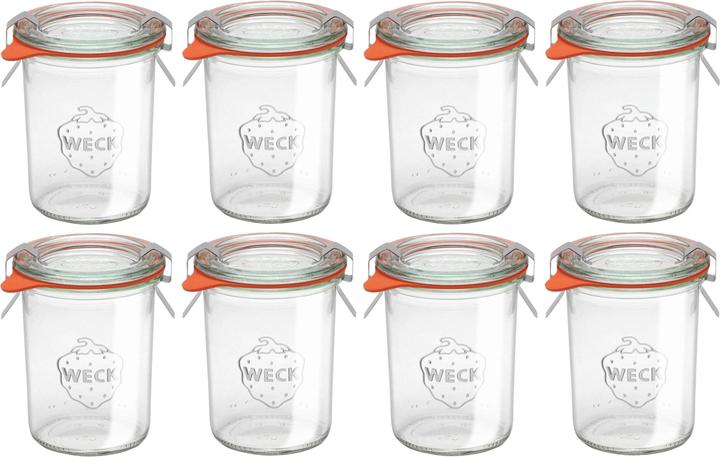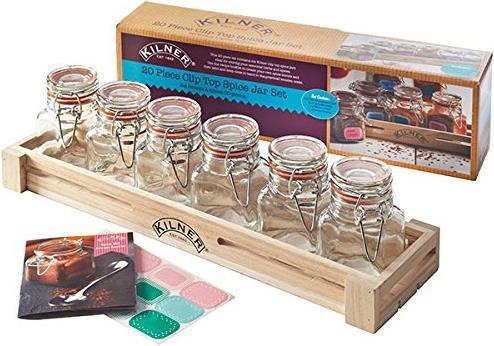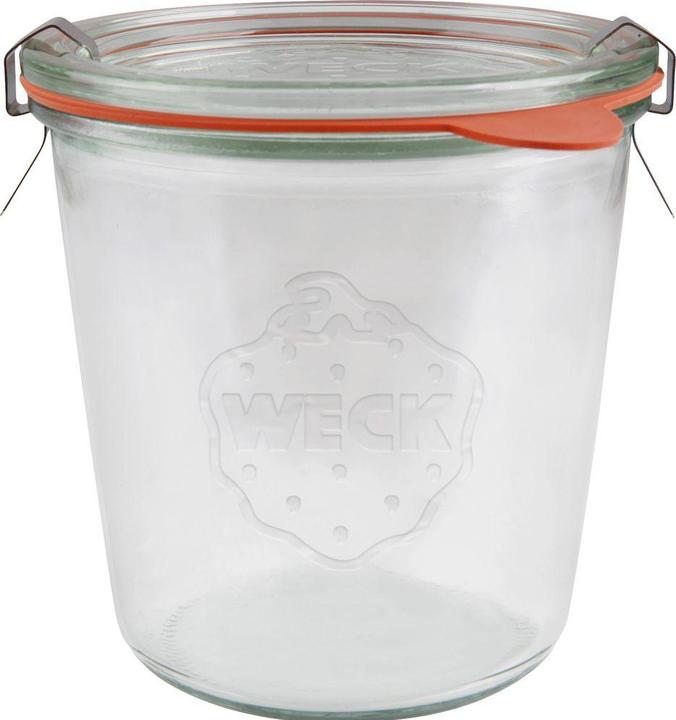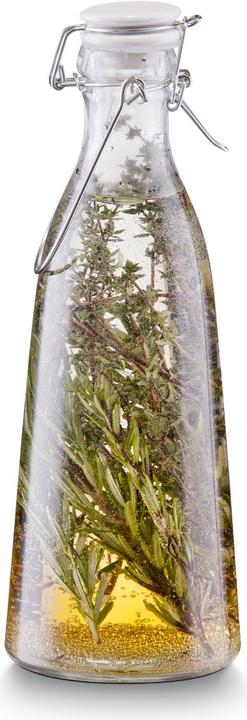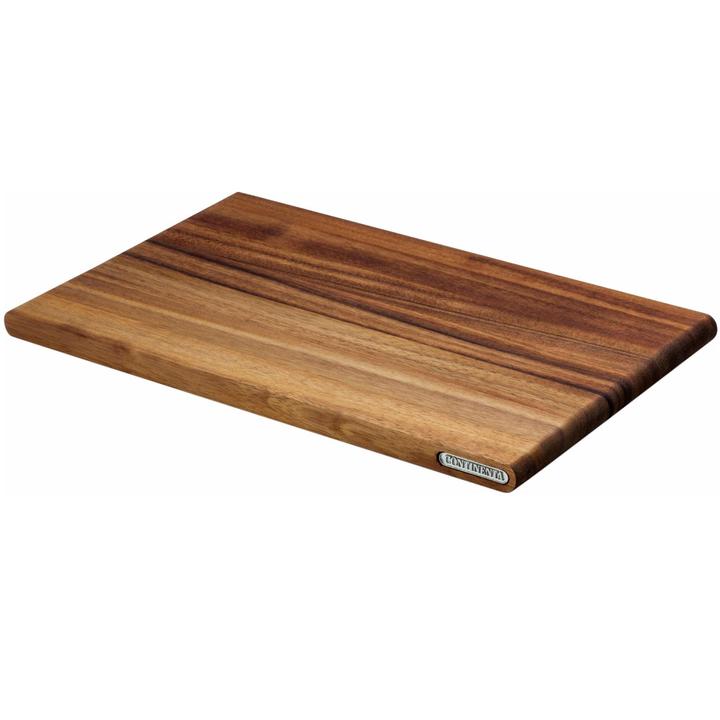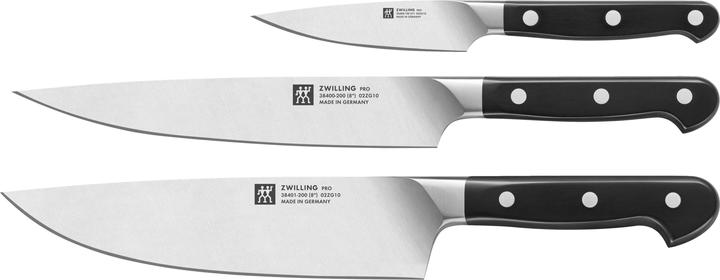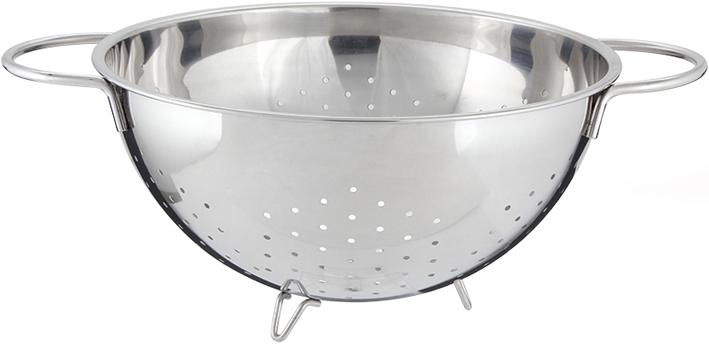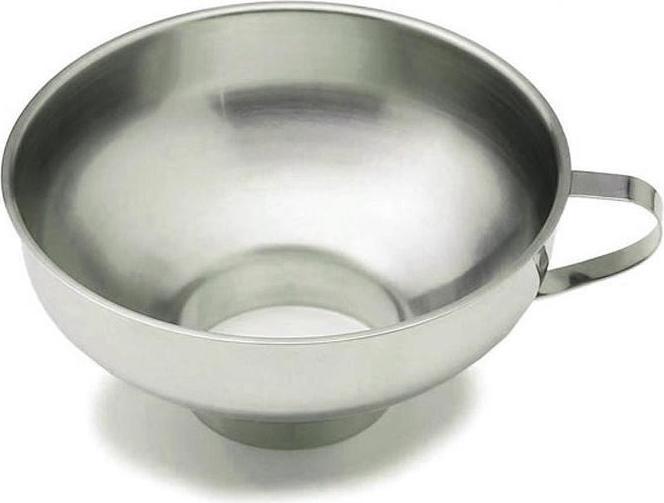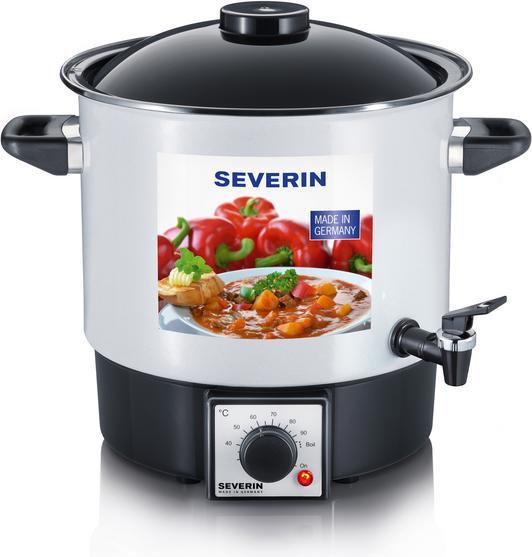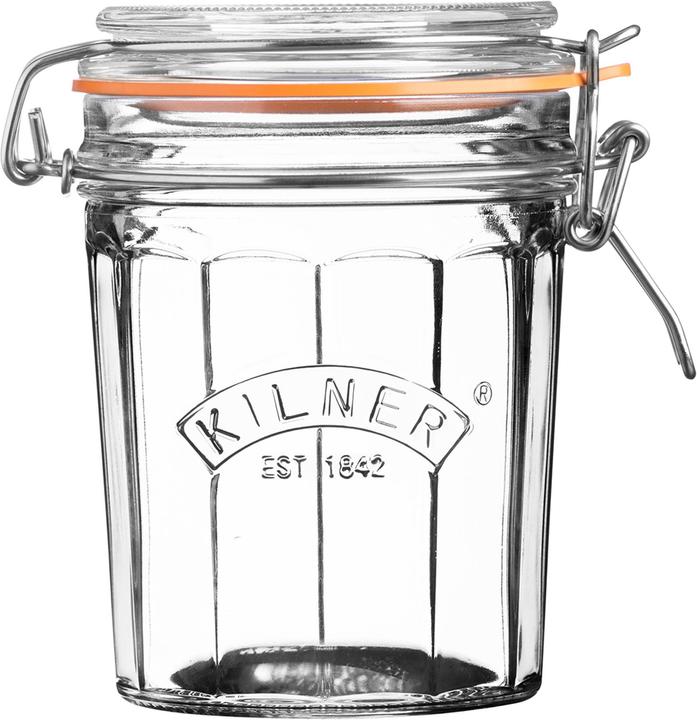

Now it's time to get down to business!
Before autumn begins and it's time to really "get preserving", preserving summer fruits and vegetables is booming. This way, you can conjure up a little summer on your plate during the cold winter months. Here we show you how it's done.
Old-fashioned my arse: preserving is a practical method of preserving fruit and vegetables. The food is preserved by sealing it airtight and then cooking it in sterilised jars. This sounds incredibly complicated and time-consuming. But it's not. Here you can find out how to preserve both fruit and vegetables in different ways.

Preparation
Screw-top jars or special preserving jars with a rubber ring, glass lid and clamps (often also called preserving jars) are particularly suitable for preserving. It is important that these are sufficiently stable so that they do not succumb to a "temperature shock" and shatter from shock when filled with the hot contents or sterilised. This is because preserving food is primarily preserved by sealing it airtight and then continuing to cook it in sterile jars. This means that food can no longer be attacked by bacteria and mould.
Once you have the right jar equipment, the fun can begin. First sterilise the jars. To do this, boil water and fill the jars to the brim. Boiling water should also be poured over the lids of the jars. Then pour off the water and place the accessories on a clean tea towel. Of course, you can also do this step during the boiling process.
Pickling and preserving
There are virtually no limits when it comes to what you can preserve. However, you should always make sure that you use perfectly ripe fruit and vegetables. If they are overripe, they could ferment and spoil the preserves. Find out how to preserve your fruit and vegetables below.

Jam
Whether strawberries or raspberries, damsons or apricots - fruit not only tastes great fresh, but also cooked down as jam. Fruits can be combined as desired. There are virtually no limits to creativity. It can be advantageous to combine fruit that gels well (e.g. apples, apricots, raspberries, redcurrants, rhubarb, plums) with fruit that gels less well (e.g. pears, strawberries, cherries, melons, nectarines, grapes).
All you really need to prepare the jam is the fruit in question, gelling sugar and optionally a little lemon juice. We recommend a ratio of around 3 parts fruit to 1 part preserving sugar.
Once you have washed the fruit, cut it into pieces and place it in a sufficiently large pot together with the sugar. If you like, you can add lemon juice or spices (e.g. cinnamon, vanilla, cardamom, ginger) and bring the whole thing to the boil, stirring constantly, and boil down for a few minutes to make jam.
For jam in particular, it is advisable to fill it hot and then turn the sealed jars upside down for about five minutes. This will neutralise any bacteria under the lid.
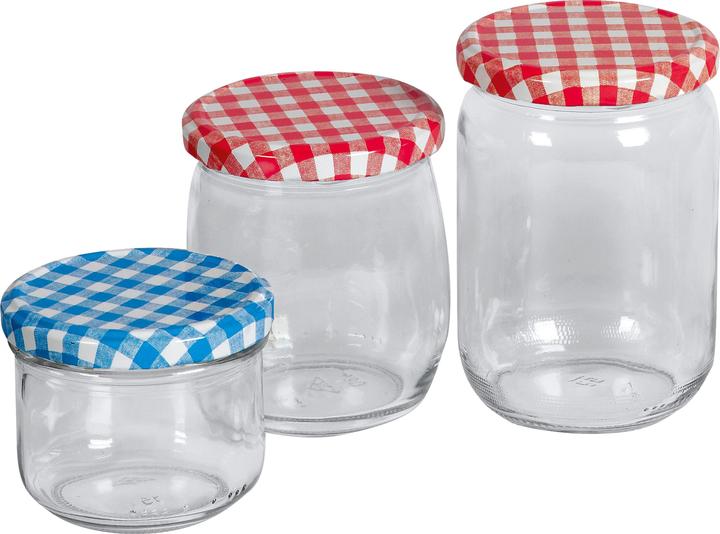
My Basics Preserving jar
6 pcs., 0.25 l
Tip: Hot jam can be topped up after cooking with a dash of Likör oder Rum verfeinert werden. Small amounts (up to three tablespoons) will not hinder the gelling process. At the same time, the alcohol contributes to a longer shelf life.

Fruit
When preserving fruit, the jars should also be sterilised first. Then chop up the fruit (e.g. pears) and halve it or cut it into slices. This makes it easy to remove the core. Then fill the fruit into the cleaned jars and flavour as desired (e.g. vanilla, cinnamon, cardamom, ginger). Jars with a large opening make filling easier.
Now briefly boil a sugar solution of approx. 300 g sugar per litre of water (pear syrup and lemon juice are also possible) in a saucepan. Then fill the jars with the sugar solution to around two centimetres below the rim, seal them and place them on a tray covered with water on the bottom shelf of the cold oven. Allow the fruit to cook for 75-95 minutes at approx. 170 degrees Celsius bottom heat without ever opening the oven door. Then switch off the oven and leave the jars in the oven for another 10 minutes.
An alternative to preparation in the oven is preserving in a saucepan. The filled jars are sterilised in a boiling water bath. Cherries, apricots, plums and prunes are heated in the pot at 85 degrees for around 20 to 30 minutes using this method; pears need up to 40 minutes. The jars should not be placed directly on the bottom of the pot and should not touch each other.
After preserving, the cooling process creates a vacuum in the jar, which is important for preserving the fruit.

Syrup
Berries in particular are great for making syrup. For strawberry syrup, all you need is ripe strawberries (1kg), sugar (1kg), water (6dl) and a little lemon juice (note: quantities vary depending on the type of berry). The sugar and water are heated together and boiled down to a thick, clear syrup. The berries and lemon juice are then added. After boiling for about 5 minutes, strain the mixture through a cloth while still hot. You can pour the collected juice into small bottles while still warm. The bottles should be sealed immediately and stored in a cool, dark place. The bottles must also be sterilised before bottling syrup.

Vegetables
In addition to fruit, vegetables can of course also be preserved by pickling them in vinegar or oil. Pickling in oil is the simplest processing method. Vegetables such as peppers, tomatoes, artichokes or courgettes are placed in sterilised jars together with spices, garlic and herbs and completely covered with olive oil. In this way, the vegetables are sealed airtight by the oil and thus preserved.
Another common variant is preserving in vinegar. In so-called "pickling", a broth of vinegar, water, onions and spices is poured over the vegetables (e.g. cucumbers, peppers, onions), which are placed in the jars and cut as desired, and then boiled. Adding herbs (e.g. dill, tarragon) and spices (e.g. pepper, mustard seeds) makes the pickled vegetables particularly flavoursome.
Cooking can take place in a preserving pot designed for this purpose or in an ordinary saucepan. The preserving jars are placed in the pot filled with 2/3 water and heated to around 80 degrees for around 15 minutes (depending on the recipe). The jars are then left to cool for a few minutes. Of course, this can also be done in the oven (as with fruit).

Storing
Preserves feel best in dark, cool places, as daylight and heat can change both the colour and the consistency. It is also worth checking stored preserving jars from time to time. If a lid is not closed properly or has come loose, the preserves can quickly become spoilt and need to be disposed of. This is because germs and mould can develop in jars that are no longer sterile. Preserves can usually be kept for up to a year. However, if the lid bulges upwards, the contents have spoilt. Once you have opened a jar, you should always keep it in the fridge.
You could also use these products:
Here you can find all jars
Here you can find all automatic preserving jars
From the latest iPhone to the return of 80s fashion. The editorial team will help you make sense of it all.
Show all